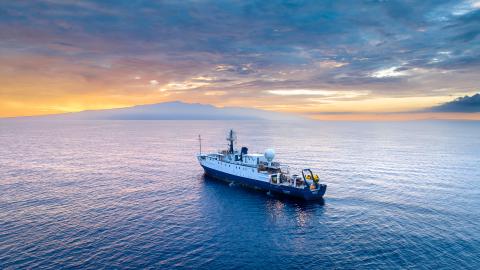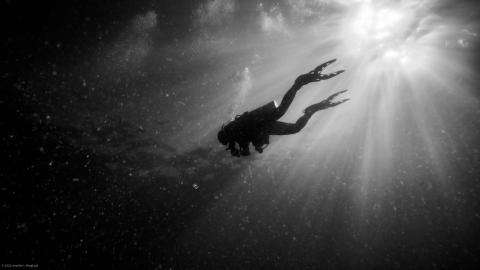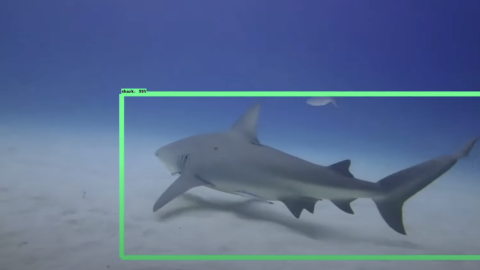Connecting the Abyss with the Shallows: Conserving a Global Ocean

Our global ocean is a superconnected ecosystem: 352 quintillion gallons of water sustains planet Earth and scientists estimate that 91% of ocean species have yet to be classified. By studying and recognizing the connections between the shallows and the deep, we are reminded of the intricacy and importance of ocean science. The From Shore to the Abyss (FSTA) Program, in partnership with the National Geographic Society (NGS), expands Ocean Exploration Trust’s (OET) ocean exploration program from the deep sea into coastal coral ecosystems. OET is providing E/V Nautilus and our team’s expedition experience to contribute to discoveries focused on the conservation of reefs and the generation of new knowledge that can apply to global ocean conservation, education, and exploration.
"Just as every fish and coral is connected in a reef ecosystem, every layer of the ocean is connected in a single fluid that sustains all life on Earth," says OET Chief Operating Officer Allison Fundis. "Our ocean covers over 70% of the Earth's surface, produces over half of the world's oxygen, and feeds billions of people across the globe. Together, we must all work towards sustaining our ocean to protect the planet."
In 2022, OET will host the first ever three FSTA expeditions. In time, we hope to grow this program to include new and different cutting-edge technologies, partners, and research locations around the world. This year, each expedition will include two National Geographic project teams focused on understanding different aspects of the archipelago's unique resources. These expeditions will focus on exploring Hawaiʻiʻs ecosystems and conducting research projects to better understand resident sharks and marine mammals, the impact of plastics on marine environments, and the maritime history of Hawai'i. Teams will use scuba diving, snorkeling, and small-boat surveys to conduct research projects using cutting-edge technologies and citizen science techniques.
Teams will be using low-impact technologies to study these sensitive ecosystems while avoiding disturbing the wildlife in these waters. The marine mammal team will conduct acoustic recordings of the underwater soundscape at various sites offshore Maui and Hawai'i Island to understand the ecosystems better. The shark team will collect water samples for environmental DNA analysis and deploy remote underwater video systems. They will then use an artificial intelligence image recognition tool to analyze retrieved footage, counting shark species in different habitats and document behavioral displays among species.
The microplastics team will conduct a robust microplastic pollution sampling program and create a map of microplastic and anthropogenic microfiber pollution found in the surface waters and air surrounding Maui and Lāna'i. Alongside them will be the Maritime Heritage team, documenting cultural heritage sites within Maui and Lāna'i and creating 3D virtual recreations of key heritage sites to ensure the highest level of scientific rigor, compelling educational materials, and data sovereignty in alignment with Hawaiian views. Across all expeditions, an Indigenous data sovereignty project team will focus on connecting the project teams to sources of Native Hawaiian knowledge in ways that mutually benefit both the team and Indigenous peoples.
The National Geographic Society and the Ocean Exploration Trust share a mission to inspire the next generation of explorers and planetary stewards. Whether you live near the beaches of Hawai'i or are completely landlocked, understanding the ocean benefits all humans and our planet. Learners worldwide can participate in the NGS/OET expeditions through live, virtual events and online learning resources created for both formal and informal educational settings.
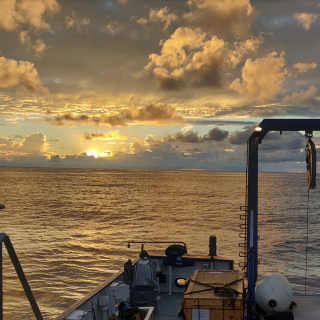
From Shore to the Abyss: Exploration of Marine Mammal Communication and Shark Communities in the Main Hawaiian Islands
In our first leg of the brand-new expedition series From Shore to the Abyss, we are teaming up with (and receiving funding from) the National Geographic Society to study shallow waters near Maui and Hawaiʻi island. Project teams on this leg will combine cutting-edge technologies with indigenous Hawaiian knowledge to increase knowledge and understanding of marine life. The work will focus on sharks and marine mammals—apex predators who are culturally significant to the Hawaiian people.
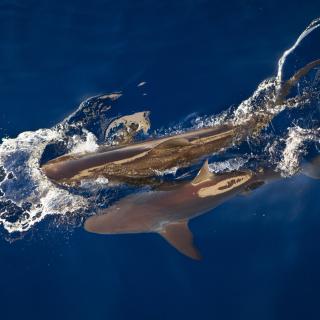
From Shore To the Abyss: Exploration of Shark Communities and Microplastic Pollution in the Main Hawaiian Islands
In our second leg of the From Shore to the Abyss program, OET and National Geographic Society are exploring the waters of Maui and Hawaiʻi island while studying sharks and microplastic pollution investigating the intersection of humans and the ocean environment to inform policy and management of this ecosystem.
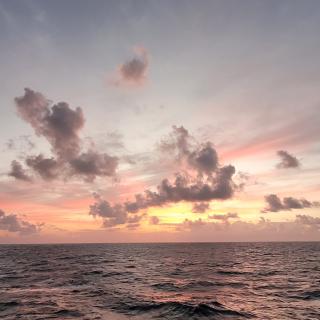
From Shore To the Abyss: Exploration of Maritime Heritage and Microplastic Pollution in the Main Hawaiian Islands
Our third From Shore to the Abyss expedition finds OET and National Geographic Society investigating maritime cultural heritage and plastic pollution in the waters around Lānaʻi and Maui. Both project teams will investigate evidence left behind by humans to better understand what happened in the past, as well as what this means for the future. Projects focus on the intersection of human actions and the ocean environment to inform policy and management of this ecosystem.
